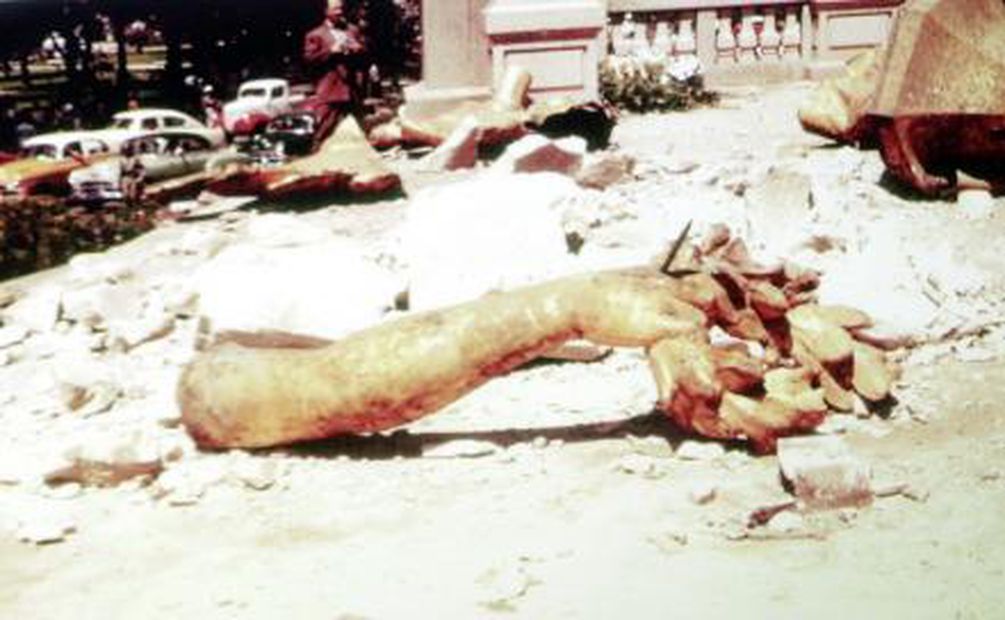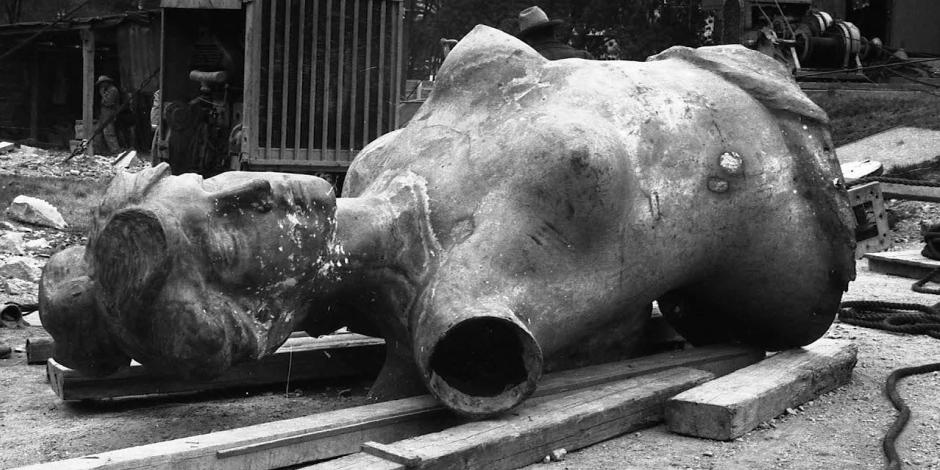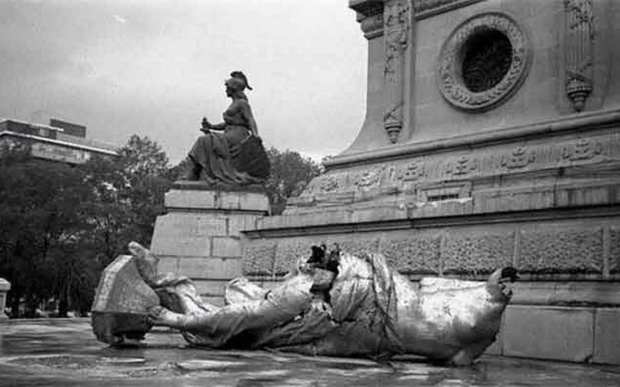Angel of Independence

In the heart of Mexico City stands a symbol of resilience and freedom, the Angel of Independence (El Ángel de la Independencia). This iconic monument has witnessed the triumphs and trials of a nation, including two devastating earthquakes in 1957 and 1985, when its mighty figure trembled but refused to fall. The story of the Angel of Independence, a symbol of Mexico’s indomitable spirit, is a testament to the country’s strength in the face of adversity.
The Angel of Independence: a symbol of freedom
The Angel of Independence, also known as El Ángel, was erected in 1910 to commemorate the centennial of Mexico’s War of Independence. Designed by architect Antonio Rivas Mercado, this stunning sculpture depicts the Greek goddess Nike, symbolizing victory, holding a laurel wreath and a broken chain in her hands. Her gaze is fixed upon the Paseo de la Reforma, one of Mexico City’s main boulevards, as if guarding the freedom and independence of the Mexican people.
His foot touches the ground: the earthquake of 1957
The fall of the Angel of Independence, Mexico’s iconic national monument, remains etched in the collective memory of Mexicans as the most enduring reminder of the earthquake that struck 60 years ago on July 28, 1957, shaking the capital of the country.
From that earthquake, which claimed 70 lives and left numerous buildings in ruins, what stands out most vividly in memory is the image of the Angel lying on the ground—a national symbol for the Mexican people.
“The sight of the Angel on the ground was truly traumatic, much more so than the loss of lives and the destruction caused by that earthquake,” explained Mexican sociologist and historian Carlos Martínez Assad.
Mexicans recall that earthquake as “the tremor that brought down the Angel,” a magnitude 7 quake on the Mercalli scale that struck at 02:43 local time on Sunday, July 28, 1957.
The impact of the fall damaged the head and right arm of the statue, the only parts that were replaced during the restoration carried out by sculptor José Fernández Urbina over a year. Afterward, the Angel was returned to its place and reinaugurated on September 16, 1958.



The current face of the Winged Victory, known as the Angel by Mexicans, is the same as the original statue, that of Ernesta Robles, a well-known seamstress of the French sculptor Enrique Alciati, the author of the work.
The remains of the original head ended up in an old government warehouse until they were rescued in 1986 as part of the restoration of Mexico City’s Historic Center.
Today, the partially deformed head, weighing around 250 kilograms, is kept in the Historical Archive of the Federal District “Carlos Sigüenza y Góngora,” on display to the public right at the entrance.
When it was returned to its pedestal after the 1957 earthquake, the builders of the time reinforced the column and base supporting the statue to the extent that the Angel has withstood subsequent tremors, including the deadly earthquake of 1985, which claimed thousands of lives.
In fact, its structure is so solid that the city has sunk three meters around it from 1910 to the present day, and yet the symbolic monument has not budged an inch, Martínez remarked.
Construction of the column and the Angel began in 1902 and was inaugurated on September 16, 1910, on the current Paseo de la Reforma by President Porfirio Díaz to commemorate Mexico’s Centennial of Independence.
The Winged Victory, standing at 6.7 meters in height, originally weighed seven tons, which doubled during the restoration.
Including the column and pedestal, the monument, which has become Mexico’s greatest icon and emblem, measures 95 meters.
Presidents Álvaro Obregón (1920-1924) and Plutarco Elías Calles (1924-1928) ordered the construction of a mausoleum to house the remains of the heroes of Independence, transforming the Angel into a funerary monument.
A second earthquake challenge: 1985
Almost three decades later, on September 19, 1985, another devastating earthquake struck Mexico City. Registering 8.1 on the Richter scale, it was a catastrophe that would forever change the city’s landscape. The Angel of Independence once again felt the tremors beneath its feet as the ground shook violently.
Despite the magnitude of the disaster, the Angel stood resolute. This time, however, it did not escape unscathed. The monument suffered significant damage, including the loss of one of its bronze palm fronds and further structural harm. Nevertheless, it remained upright, a symbol of hope amidst the rubble that surrounded it.
The Angel of Independence: the resilience of a nation
The Angel of Independence’s survival in the face of these two destructive earthquakes is a testament to the strength and resilience of the Mexican people. Just as the angelic figure remained steadfast in the midst of chaos, so too did the citizens of Mexico come together to rebuild their city and their lives.
In the aftermath of the 1985 earthquake, a massive reconstruction effort was undertaken, symbolizing the determination of the Mexican people to rise from the ashes and rebuild their beloved city. The Angel of Independence became a rallying point for the nation, a symbol of hope and unity.
The Angel of Independence in Mexico City, with its foot touching the ground for the first time during the 1957 earthquake, and its subsequent survival through the devastating tremors of 1985, stands as a powerful symbol of Mexico’s enduring spirit and unwavering commitment to freedom and independence. It is a testament to the strength of a nation that, like its iconic guardian, remains unbowed in the face of adversity. The Angel of Independence continues to watch over Mexico City, reminding all who gaze upon it of the indomitable resilience of the Mexican people.
